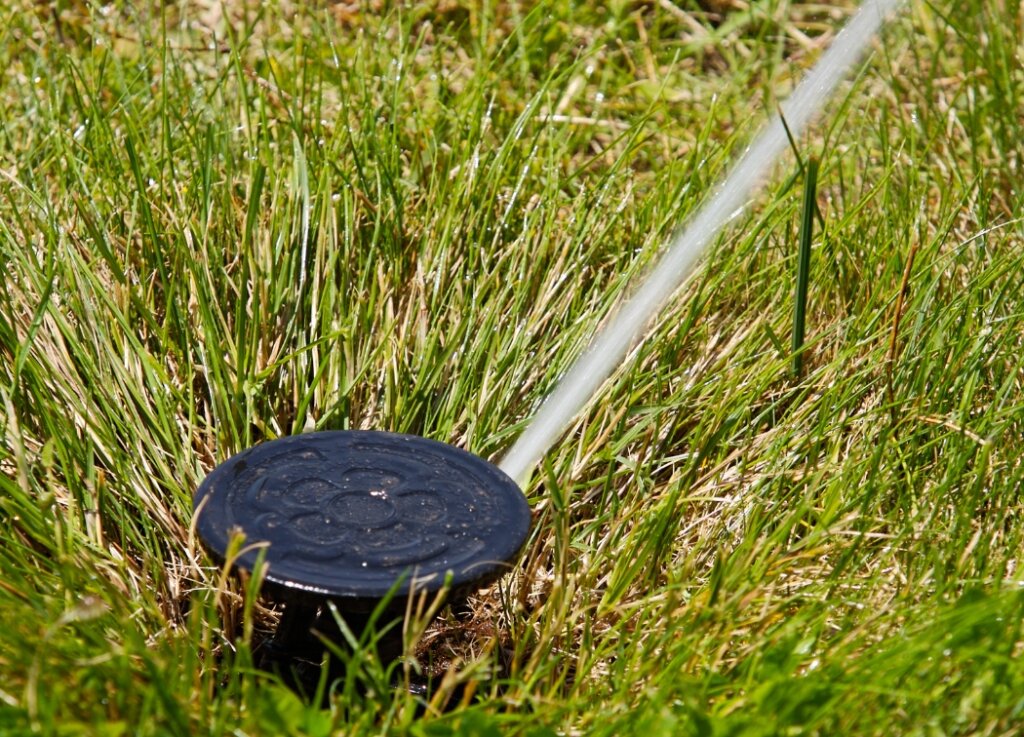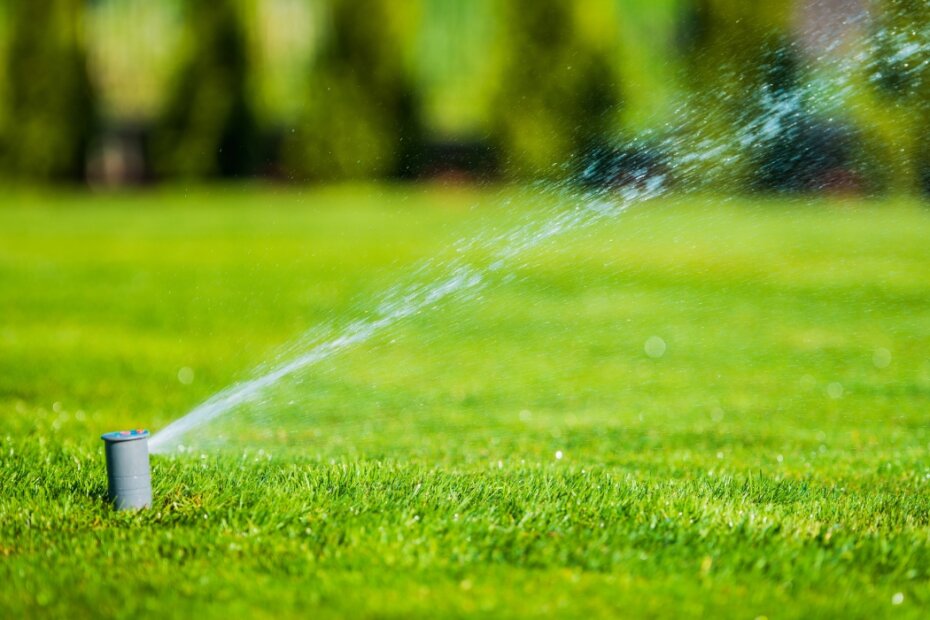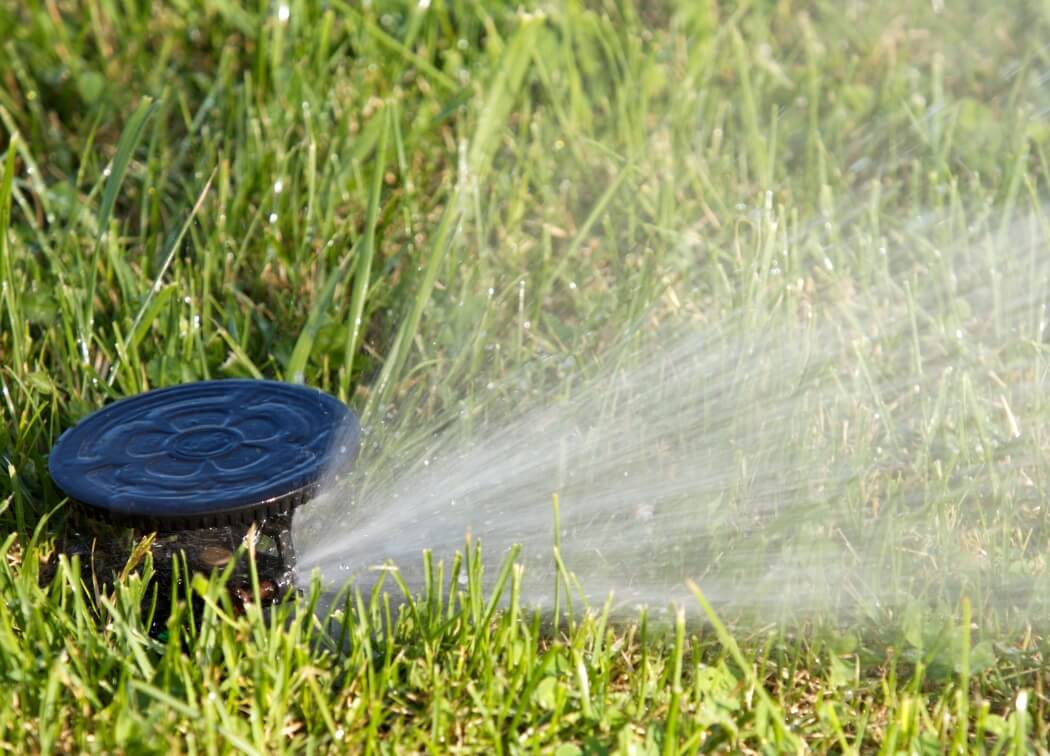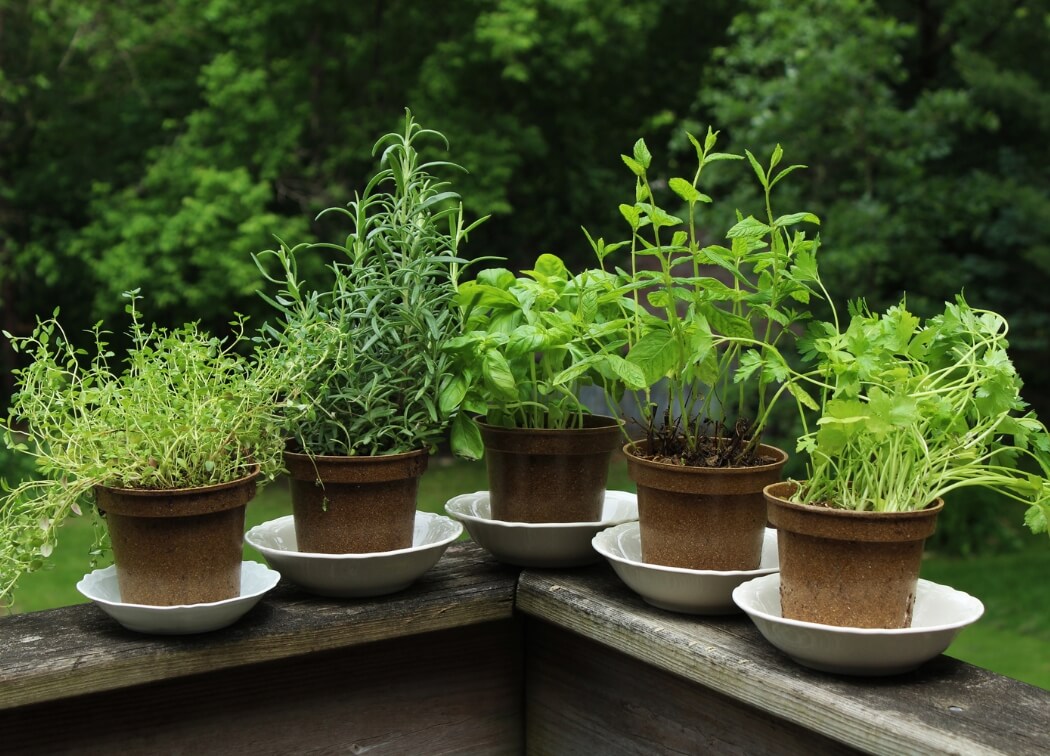Keeping your lawn and garden watered every day can be a big task unless you have a sprinkler. Still, installing a sprinkler might not solve your watering problem if you don’t have enough water pressure getting in and out of your sprinkler.
For most homeowners, maintaining their lawns and garden and having constant good water pressure can be a problem. Even if you have a sprinkler system, you need to ensure that you have sufficient water pressure to maximize it.
How can you always have reliable water pressure? Here are some issues and solutions that you can consider whenever you face a low water pressure problem.
Navigation
Common Problems and Solutions for Low Water Pressure in Sprinklers
1) Problem with the Main Water Line
Are you the only one having a problem with a sprinkler system in your neighborhood? Is it too hot because its summer? Do you notice how your water pressure intermittently goes up and down from time to time?
Do you notice a specific time when your water pressure is working okay? Do you think a new business or establishment is using or drawing too much water supply from your mainline like a laundry shop or a water refilling station? Perhaps there are too many households drawing water from your mainline!
2) Have You Noticed If There Are Any Repairs Going On In Your Mainline?
Maybe some pipes or pumps are being replaced. A temporary repair on your water line can lead to lower to none water pressure.
You can check with your water provider if there are any repairs going on. Ask for the expected time of repair. Aside from maintenance problems, high demand in your neighborhood can also contribute to low water pressure. Ask your water provider if they can give a possible non-peak hour in terms of water usage in your neighborhood.
If everything has been addressed and you are still having low water pressure on your irrigation system, then continue reading.
3) Check Your Water Regulator
The water regulator regulates the water pressure; hence a faulty water regulator can result in low water pressure.
Your water regulator must be compatible with your sprinkler system. If you have a powerful water regulator, but your sprinkler system is not equipped to handle its power, it can blow your system.
The water regulator determines the water pressure level that your sprinkler is getting. You can make necessary adjustments to increase the flow, based on the capacity of your regulator and sprinkler. If it is unable to improve your system’s water pressure (and there are no issues from the mainline), it could be a water regulator problem. You must replace it.

4) Dirty or Clogged Sprinkler Heads
Always check your sprinkler heads, especially if it has been months since you installed it. Remove the growing grass around it. Keep the height of the grass or flowers around your sprinklers in check. Don’t let it cover your sprinkler heads.
5) Check Your Sprinkler System Valve
Your sprinkler system valve needs to be opened for the water to flow. It should be open on both the horizontal and vertical pipes (the horizontal pipe should be opened first).
With low water pressure, your sprinkler’s head can only shoot water at a short distance. Not enough water pressure can even cause the sprinkler’s head to be unmovable. To fix this, check the sprinkler valve first. Make sure the valves are wide open. The valve is above ground, at least 12 inches up. You would know that the valve is open once the handle is in the same lane as the pipe.
Valve Problems & Causes:
a) The valves Are Closed
If the water flow inside your house is okay, but your sprinkler seems to be receiving low water pressure, check your backflow preventer valve. Maybe it is closed and is preventing the flow of the water. To get a good water pressure into your sprinkler system, ensure that the valves are fully open.
Most backflow preventer devices come with partnered pipes – horizontal and vertical pipes. Each pipe has its own valve. Make sure each valve is not blocking the flow of the water to your sprinkler system.
b) Fully Open the Main Aater Valve
Be familiar with your sprinkler system’s set-up. Perhaps you opened all the backflow valves, and still, the water pressure is low to none. It turns out you have another valve attached to your mainline or house system!
When using your bathroom or sink, you probably don’t need to turn your main valve entirely. Even at half-open state, you still get plenty of water in your sink. However, your sprinkler system will need more pressure than your sink. Make sure that the main valve to your house and into your sprinkler system is fully open.

6) Pipe Water Leakages
Have you noticed how two or three sprinkler heads are not working while the others are just fine? If you have checked all the sprinkler heads and they are clean and unclogged, the problem could interfere with the pipelines.
Check for leaks on the pipeline between those working and non-working sprinkler heads. Check for small bubbles on the soil. Notice a very wet area on the ground. Trace where the excess water is coming from.
What could cause such leak or damages to your pipeline? It could be a recent digging or maintenance work in the area by your water provider. Have you installed fences recently, or perhaps your neighbor did? Have you seen your dog running here and there? How long has it been since your waterlines were installed?
If you are confident that you can fix a small pipe or waterline leak, go ahead and find the source of the leak. Make sure to turn off the entire water system before you start working on your damaged line or pipe. If you are not confident, you can always seek help from your water service provider.
For DIY repair, you can use slip coupling. It is a product that contracts when inserted between pipes, blocking, and covering the leak in no time. This product can be found in irrigation supply stores or hardware stores.
You will also need a hacksaw to do a clean cut on the line. It is where you will insert the slip coupling. To fix it, cut a 4-in line at the leak. Use a clamp to hold the other end of the cut then insert the coupling. Tighten the clamp. Once done, cover the mainline with dirt again or leave it as it was where you found it.
7) Crushed Pipes
What if only one of the sprinkler heads is not working, but there are no signs of pipeline leakage? The possible cause of low to zero water pressure is the pipeline itself. Maybe it is obstructed or crushed.
If the pipeline is near a large tree, one of its roots could have wrap around the pipe, squeezing it hence blocking the flow of water. Is the pipeline running over a garage? Maybe cars are always driving over it, crushing it down.
To determine whether these are the case, you have to dig and check your pipes. Knowing these potential causes can give you an idea of where to start digging.
With crushed or obstructed pipelines, the solution is to replace the damaged lines. If the damage was caused by a large root, you might need to reroute your pipelines. Cut the totally damaged pipeline and replace it with a new one. Use slip coupling and band clamps to secure the new pipeline with the old ones.
Always check your pipelines for small cracks. Small cracks can get bigger, and once large enough; dirt can seep in. Over time, dirt can fill the pipe and completely block it. This is the reason why it is important to do maintenance checks from time to time. Neglecting your pipelines for a period of time can cost you more.
Remember, it is more expensive to replace a crushed pipeline than fix it with a slip coupling.
8) Boost Pump Installation
When water is not coming out of your sprinkler, your first instinct is to check the sprinkler head. If the sprinkler heads are okay, unclogged, and undamaged, then you move to the valves. If the valves are on, the next thing to check is the lines.
What if the lines are fine, and you have found anything with a leak or damage?
Then it is time to get a booster pump! A booster pump can ensure that your sprinkler system will get have enough water pressure in order to water your lawn or garden.
In choosing a booster pump, among the things that you have to consider are PSI level, the current PSI level coming into your home from the mainline, your sprinkler system’s PSI level requirement, and the number of sprinkler heads you have. Ask your booster pump professional for more help in case you find yourself looking at different booster pumps in their store.
Conclusion
The performance of your sprinkler system doesn’t just depend on the pipeline systems alone, it also depends on the water pressure you are getting from the mainline. If you are receiving low water pressure from the mainline, your sprinkler system won’t work.
In case you encounter a problem with your sprinkler system, follow our checklist above, and identify the cause of the problem. If everything checks out and the last you need is a booster pump, then you can simply head out to your irrigation system store and pick a booster pump. With regular maintenance and by installing a booster pump, you can now enjoy looking at your luscious and greenish lawn or flowery garden even during summer.







